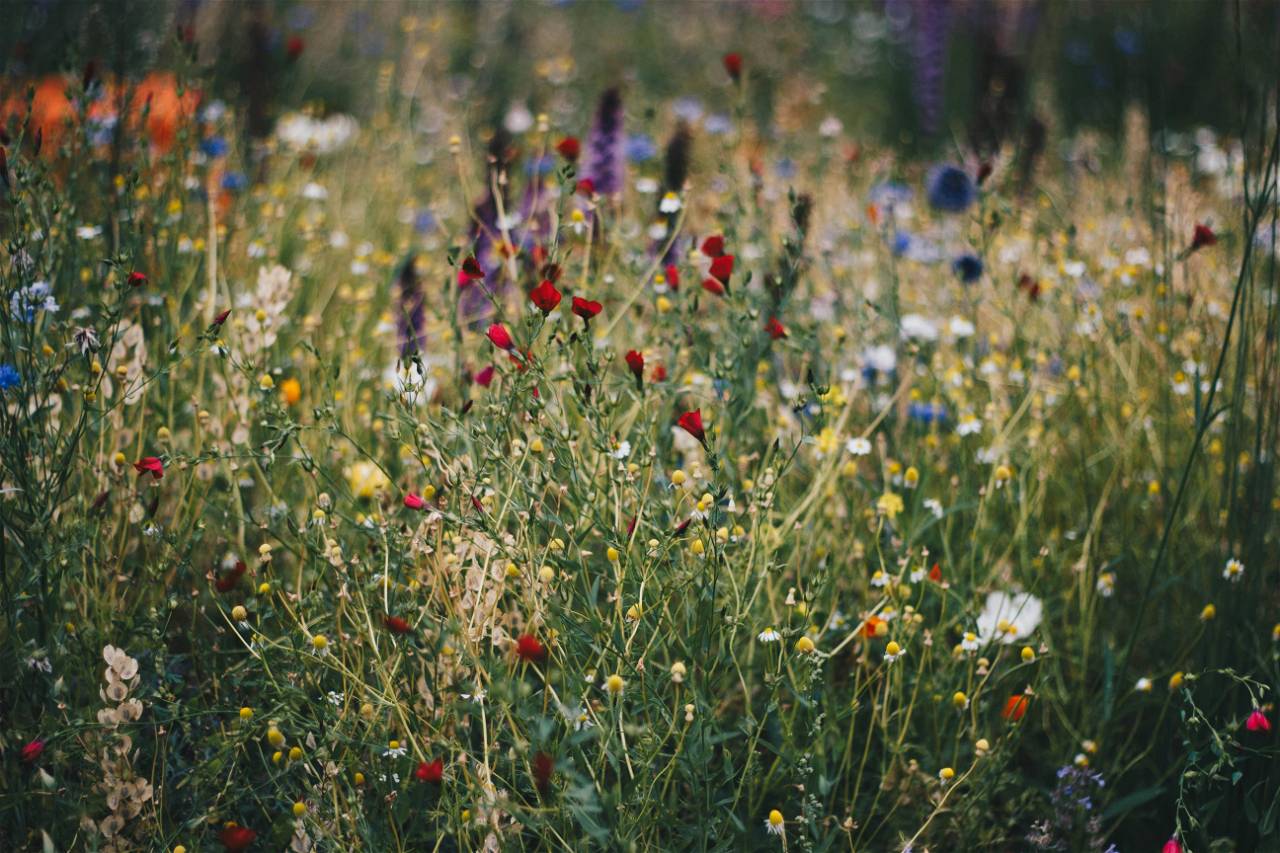
The journey of gardening is a thrilling adventure, filled with the promise of vibrant blooms and lush foliage. Yet, amidst the anticipation of selecting the perfect plants, one often encounters a maze of perplexing plant labels. Here lies the crucial distinction between annuals, perennials, and biennials—a botanical lexicon that unlocks the secrets of your garden's lifespan and its diverse contributions to the ecosystem. Understanding these distinctions not only adds depth to your gardening endeavors but also enriches the knowledge of colors and textures that adorn your outdoor sanctuary. Read On.
Annuals:
Annuals are nature's quick performers, gracing your garden with vibrant blooms for a single growing season. From germination in spring to blooming in summer, and seeding in fall, annuals complete their life cycle within one year. Beyond their ornamental value, annuals like poppies, cleome, and snapdragons offer delightful cut flowers for your home.
These further classified into three categories based on their hardiness:
Tender Annuals: These warm-season plants thrive in hot climates but succumb to the first frost.
Hardy Annuals: Resilient to frost, hardy annuals inject color into your garden late into fall and winter.
Half-Hardy Annuals: Balancing between tender and hardy, these plants tolerate cool temperatures but are vulnerable to frost.
Perennials:
These plants live for at least three years undertaking wild animals and poor weather don’t kill them first. They will come back year after year from their possessing overwintering roots even though their foliage may die to the ground after frost. Perennials are sold throughout and often far off the growing season. They encompass a diverse array of plants, including woody and herbaceous varieties, each contributing its unique charm to your garden landscape. Classified similarly to annuals, perennials are categorized as tender, hardy, or half-hardy based on their cold resistance.
Biennials:
This third, lesser-known class is for plants that have a two-year life cycle. Biennial plants cultivate leaves, stems, and roots the first year, then go dormant for the winter. In the second year, the plant will flower and form seeds before dying.
Though the term "biennial" suggests a fixed timeline, these plants can be unpredictable, with some perishing prematurely, while others exceed their anticipated lifespan. Nevertheless, biennials like carrots, foxglove, and kale add intrigue and diversity to your garden palette.
All the plants after the reproductive and maturation phase, senescence occurs which us the death of the plant. It can also be understood that annual plants take 1 year to complete their life cycle and biennial plants take 2 years for the same.















